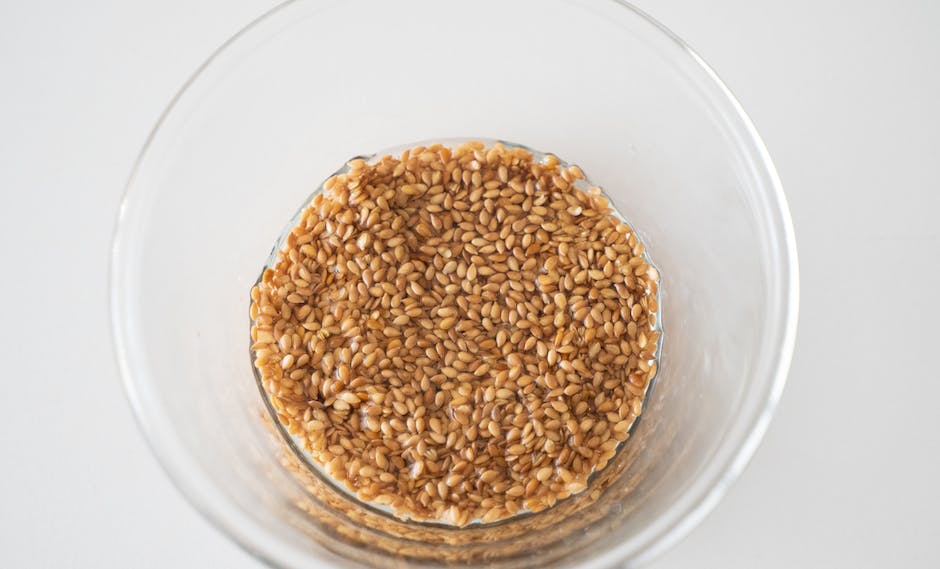Is Farro Gluten-Free? Unveiling the Truth About This Ancient Grain
Are you on a quest to find out if farro is gluten-free? You’re not alone. With the rise of gluten-free diets and the increasing popularity of ancient grains, it’s essential to understand what you can and cannot include in your meal plans. In this comprehensive guide, we’ll dive deep into the world of farro, exploring its origins, nutritional benefits, and most importantly, its gluten content. Whether you’re celiac, gluten-sensitive, or simply curious, this article will provide you with the answers you need.
What is Farro?
The Ancient Grain with a Modern Twist
Before we tackle the gluten question, let’s get to know farro. Farro is a term that refers to three species of hulled wheat: spelt (Triticum spelta), emmer (Triticum dicoccum), and einkorn (Triticum monococcum). It’s an ancient grain that has been cultivated for thousands of years and is cherished for its nutty flavor, chewy texture, and impressive nutrient profile.
A Nutritional Powerhouse
Farro is a whole grain that’s packed with fiber, protein, vitamins, and minerals. It’s a great source of nutrients like magnesium, zinc, and some B vitamins. Its complex carbohydrates break down slowly, providing steady energy and keeping you full longer. But the question remains: is this nutritious grain suitable for those following a gluten-free diet?
Is Farro Gluten-Free?
Understanding Gluten in Grains
To answer the burning question: no, farro is not gluten-free. Gluten is a protein found in certain grains, including wheat, barley, and rye. Since farro is a type of wheat, it naturally contains gluten. This makes it unsuitable for individuals with celiac disease or non-celiac gluten sensitivity.
The Risks for Gluten-Sensitive Individuals
For those with gluten-related disorders, consuming farro can lead to a range of symptoms, from digestive issues to more severe health complications. It’s crucial for anyone with these conditions to avoid farro and seek out truly gluten-free alternatives.
Gluten-Free Alternatives to Farro
Safe Options for Gluten-Free Diets
If you’re looking for a gluten-free substitute for farro, there are plenty of options available. Here are some grains and seeds that can mimic farro’s texture and are safe for a gluten-free diet:
- Quinoa
- Brown rice
- Buckwheat
- Millet
- Sorghum
- Amaranth
How to Use Gluten-Free Grains
These alternatives can be used in a variety of dishes, from salads to soups to pilafs. They offer their own unique flavors and nutritional benefits, making them excellent additions to any meal.
How to Identify Gluten-Free Foods
Reading Labels and Recognizing Certification
When shopping for gluten-free foods, it’s important to read labels carefully. Look for products that are certified gluten-free by reputable organizations. These products have been tested and verified to contain less than 20 parts per million (ppm) of gluten, which is the safe threshold for most people with gluten sensitivities.
Tips for Avoiding Cross-Contamination
Even if a product is naturally gluten-free, cross-contamination can occur during processing or preparation. To minimize the risk, choose products that are processed in a dedicated gluten-free facility and always prepare gluten-free foods with separate utensils and cookware.
Conclusion: Embracing a Gluten-Free Lifestyle
In summary, farro is not a gluten-free grain and should be avoided by those with celiac disease or gluten sensitivity. However, the world of gluten-free grains is rich and varied, offering many delicious and nutritious alternatives that can easily take farro’s place in your diet. By being vigilant about reading labels, understanding gluten-free certifications, and taking precautions against cross-contamination, you can enjoy a diverse and satisfying gluten-free diet without missing out on the pleasures of whole grains.
Remember, embracing a gluten-free lifestyle doesn’t mean sacrificing flavor or nutrition—it simply means discovering new foods and learning how to incorporate them into your meals. With this guide, you’re now equipped with the knowledge to make informed choices about farro and its gluten-free substitutes. Happy eating!


